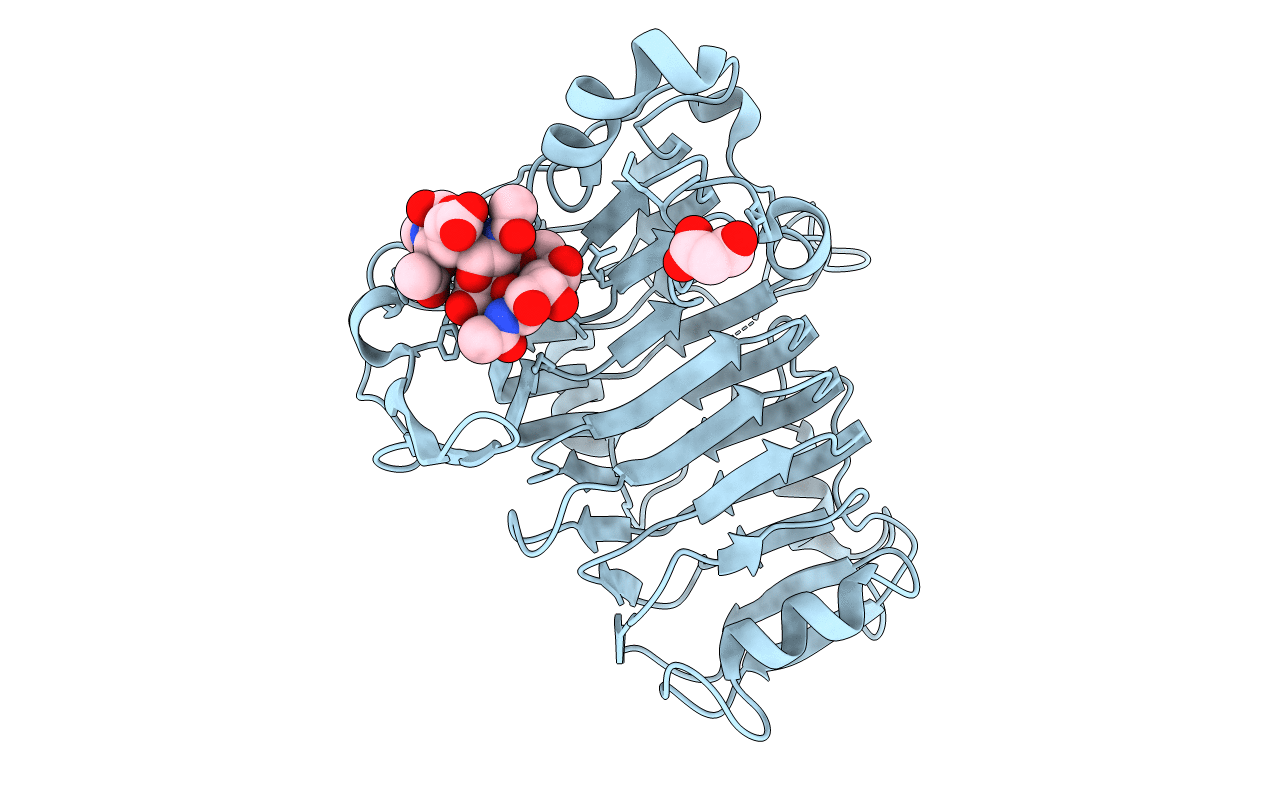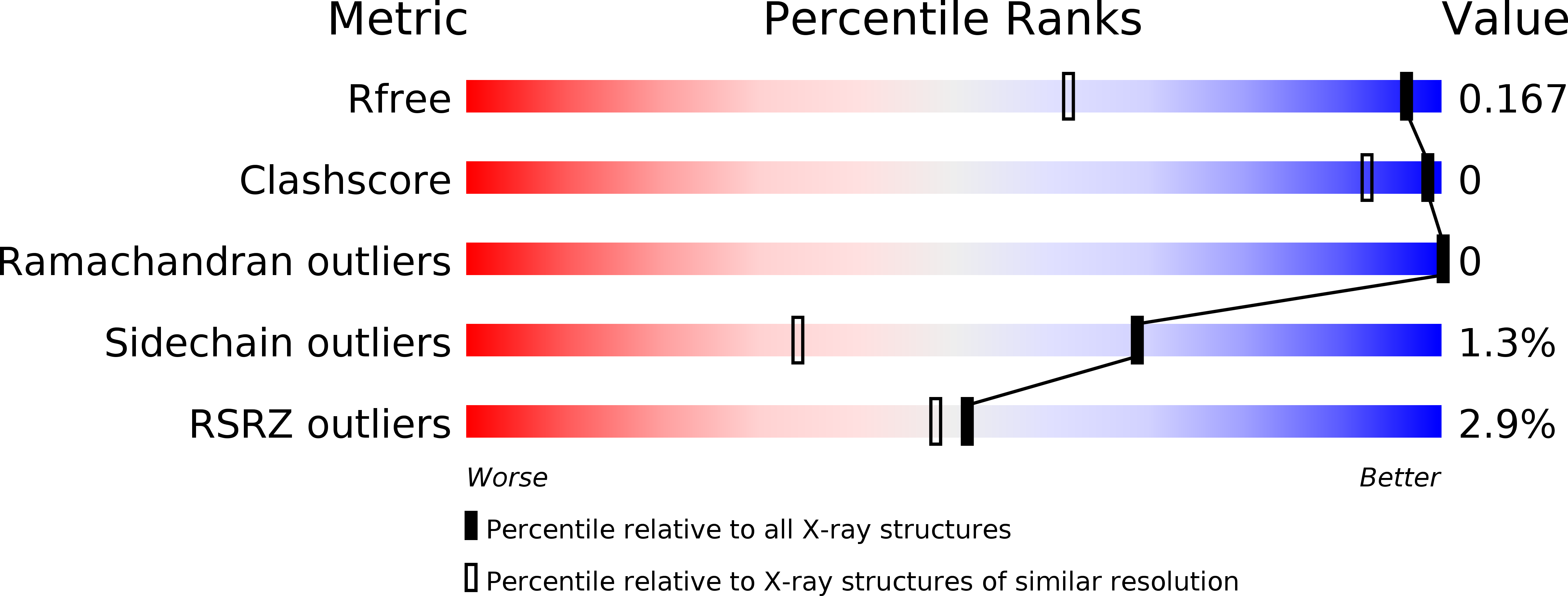
Deposition Date
2018-01-16
Release Date
2018-05-02
Last Version Date
2024-11-06
Entry Detail
PDB ID:
6FI2
Keywords:
Title:
VexL: A periplasmic depolymerase provides new insight into ABC transporter-dependent secretion of bacterial capsular polysaccharides
Biological Source:
Source Organism:
Achromobacter denitrificans (Taxon ID: 32002)
Host Organism:
Method Details:
Experimental Method:
Resolution:
1.22 Å
R-Value Free:
0.16
R-Value Work:
0.13
R-Value Observed:
0.14
Space Group:
P 42 21 2


